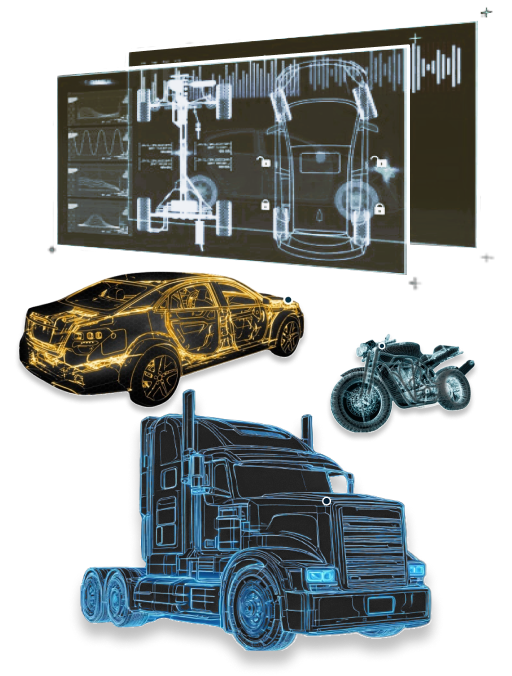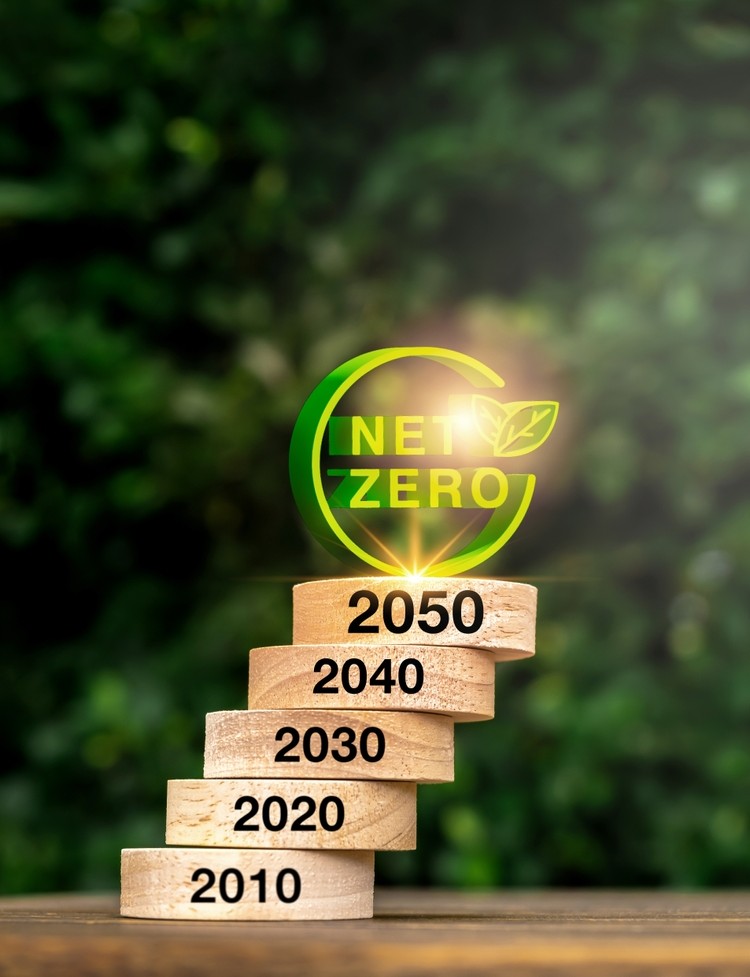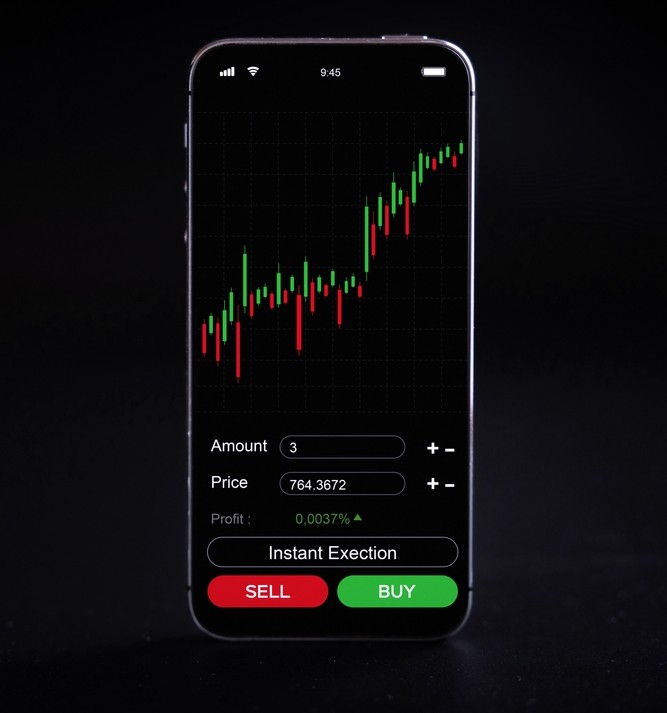Lifecycle Intelligence
Extending Vehicle Life,
Unlocking Carbon Credits
Every vehicle has a story beyond its miles. By capturing lifecycle intelligence—parts, maintenance, efficiency, and emissions — we transform mobility data into verifiable insights that power carbon markets, circular economies, and sovereign climate strategies.

Digital Verification & Transparency
Every intervention on a vehicle—whether replacing a part, conducting maintenance, or upgrading systems—is digitally tracked and verified. This creates a transparent record of lifecycle activity that supports both regulatory compliance and carbon market participation. Governments, OEMs, and fleet operators can rely on this digital backbone to ensure that emissions reductions are real, auditable, and compliant with international standards such as Paris Agreement, IPCC Tier-3 methodologies, and ISSB reporting frameworks.


Maintenance as a Climate & Economic Strategy
Routine maintenance is no longer just about repairs—it is a climate and economic strategy. Verified maintenance extends vehicle lifespans, prevents premature scrappage, and reduces the environmental burden of new manufacturing. Each maintenance event becomes a data point in sovereign emissions accounting, reducing waste and unlocking credit generation potential. By shifting from ad-hoc repair to predictive accountability, nations can safeguard resources, lower emissions, and generate measurable climate impact.
Carbon Credits & Market Integration
Turning Lifecycle Data into Verified Carbon Credits
Lifecycle intelligence enables the issuance of verified carbon credits directly linked to transportation activity. Every kilometer driven, every component replaced, and every efficiency gained contributes to a national carbon ledger. These verified credits can be mobilized in international carbon markets or integrated into sovereign carbon budgets, aligning with compliance mechanisms such as the Carbon Border Adjustment Mechanism (CBAM). For governments, this creates a dual dividend: reduced emissions and new revenue streams through tradeable, condition-aware carbon credits.



